NASA's Curiosity Rover sends breathtaking postcard from Mars
NASA's Curiosity Rover on Mars has released a stunning postcard from the Red Planet, showcasing the diverse times of day on Mars.
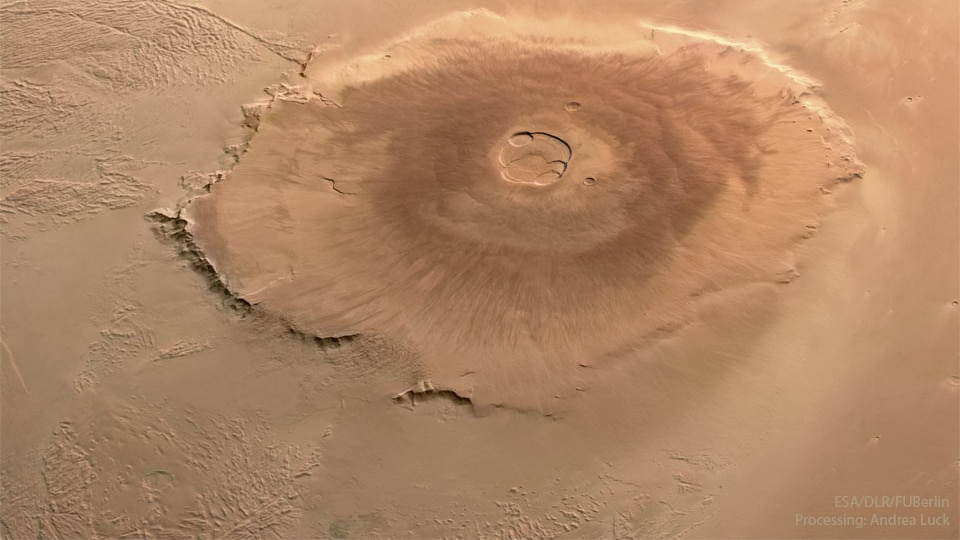
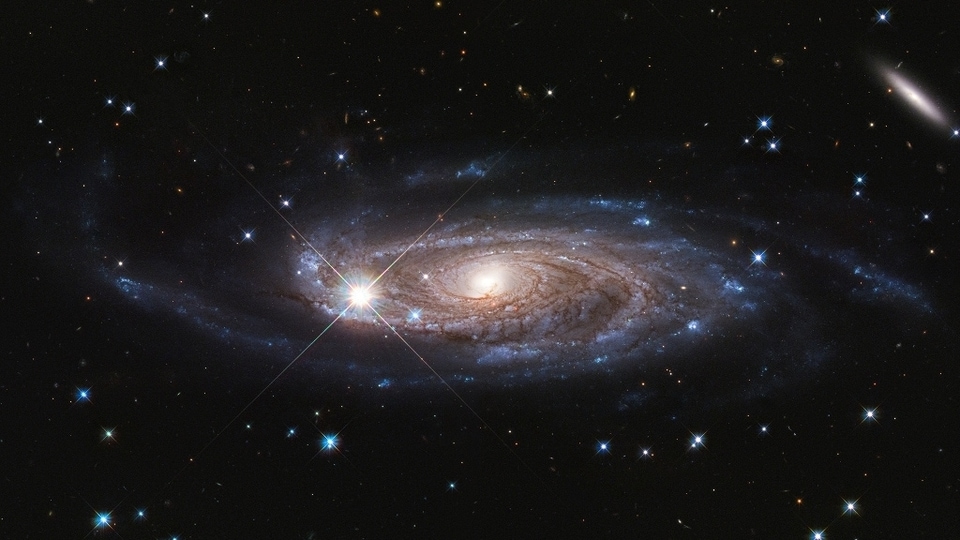
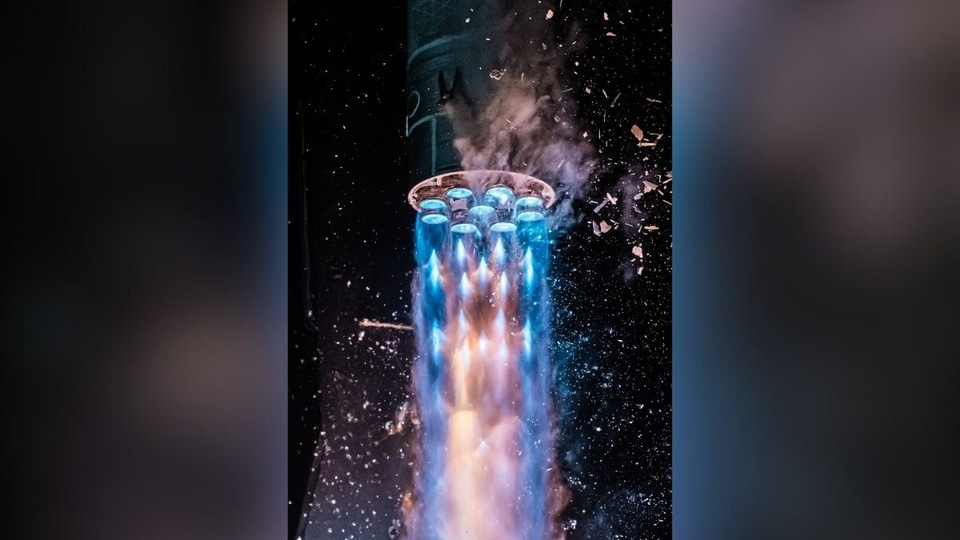
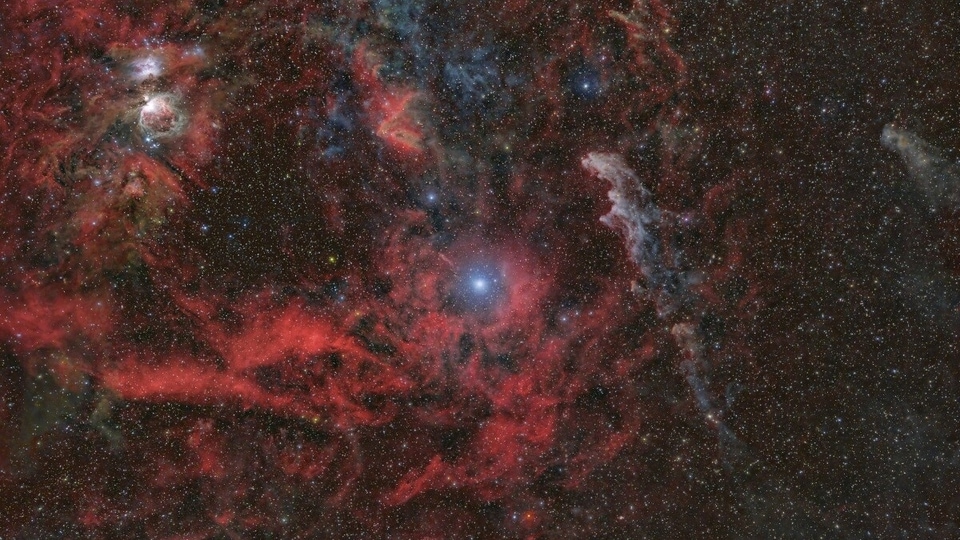
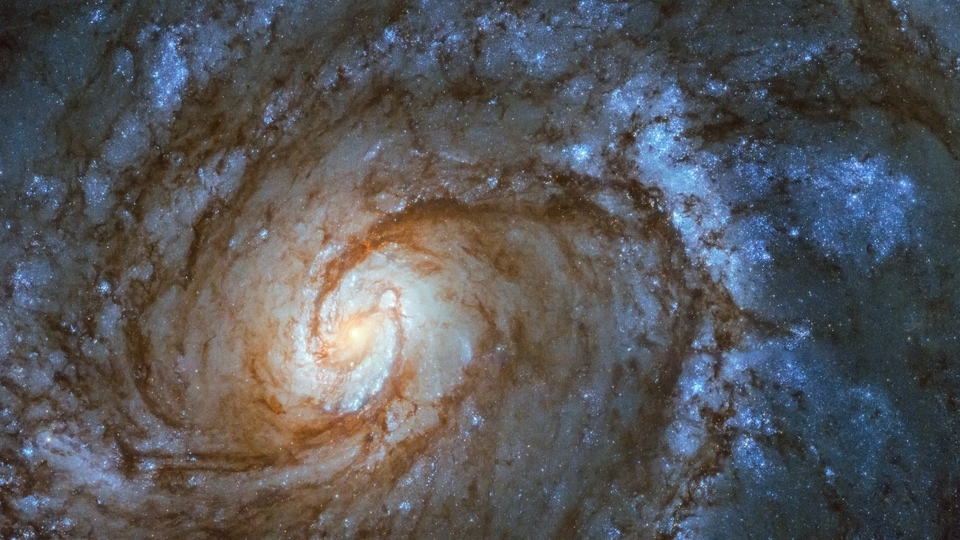
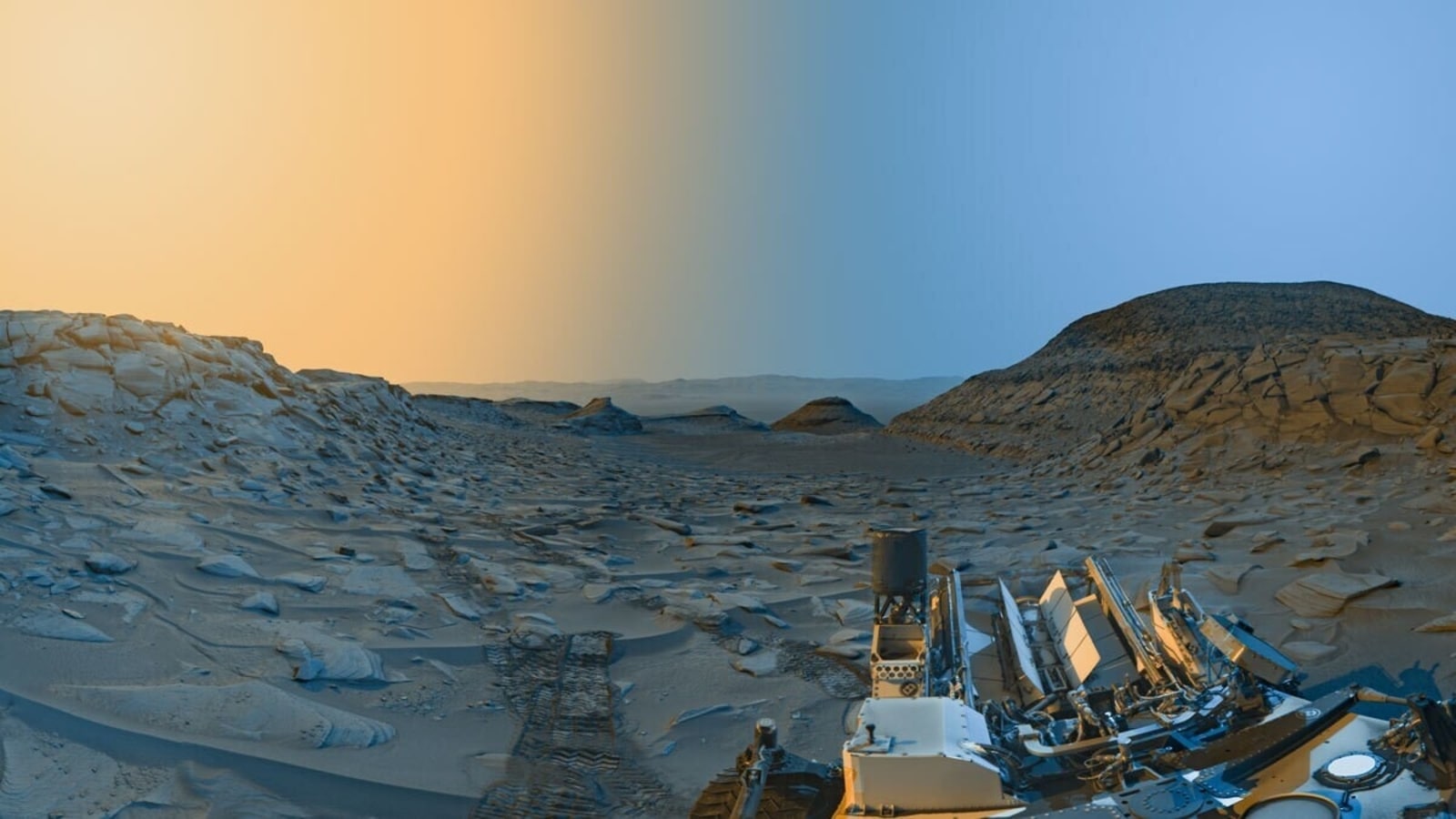
 View all Images
View all ImagesNASA's Curiosity Rover on Mars has unveiled a stunning postcard from the Red Planet, showcasing the diverse times of day on Mars. Following a major software update that improved the rover's driving speed and reduced wheel wear, Curiosity captured mesmerising images of the "Marker Band Valley" before moving on.
According to NASA, the panoramic snapshots were taken on April 8, 2023, using black-and-white navigation cameras. To enhance the postcard's visual appeal, colours were later added, with blue representing the morning shots and yellow for those taken in the afternoon.
The postcard not only captures the picturesque landscape but also features prominent Mars landmarks. Notably, it includes the "Marker Band Valley," where the rover made unexpected discoveries indicating an ancient lake. There are also two hills named "Bolivar" and "Deepdale" depicted there.
Doug Ellison, a Curiosity engineer at NASA's Jet Propulsion Laboratory in Southern California, explained the significance of capturing images at different times of day. Drawing an analogy to national parks, he emphasised how lighting conditions alter the scenery. "Capturing two times of day provides dark shadows because the lighting is coming in from the left and right, like you'd have on a stage - but instead of stage lights, we're relying on the Sun," Ellison explained.
NASA pointed out that the rover photographed Mars during the winter season, when the dust levels in the Martian atmosphere are at their lowest. Consequently, the shadows appear sharper and deeper, intensifying the visual impact. "Mars' shadows become sharper and deeper when there is little dust, and softer when there is a lot of dust," Ellison explained.
In a separate development, a new image of Mars challenges the commonly perceived notion of its redness. Released to commemorate the 20th anniversary of the European Space Agency's Mars Express mission, the image was created using data from the spacecraft's High-Resolution Stereo Camera (HRSC). This detailed mosaic of Mars highlights its colour and composition, revealing a surprising departure from its expected red hue.
The European Space Agency (ESA) acknowledged the uniqueness of Mars' appearance in the night sky, differentiating it from other celestial bodies. The changing atmosphere of Mars has historically hindered accurate colour representation from space. ESA explained that dust scattering and light reflection cause colour variations between images, often resulting in patchy compositions when combined.
These captivating images and new insights into the coloration of Mars deepen our understanding of the Red Planet's fascinating landscapes and atmospheric conditions.
Catch all the Latest Tech News, Mobile News, Laptop News, Gaming news, Wearables News , How To News, also keep up with us on Whatsapp channel,Twitter, Facebook, Google News, and Instagram. For our latest videos, subscribe to our YouTube channel.





























